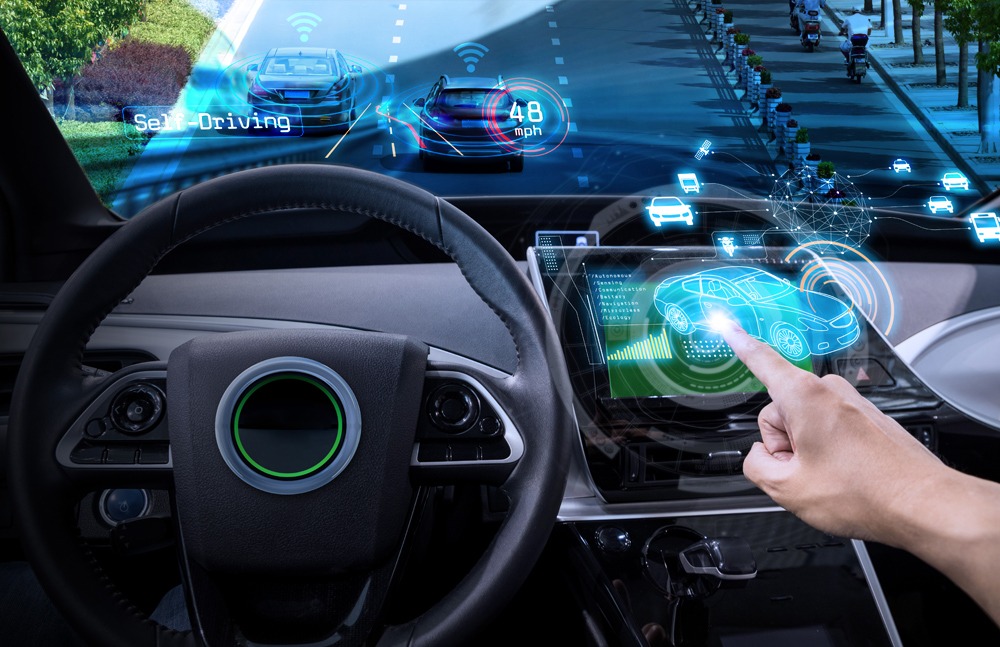In the realm of autonomous vehicles, Optical Character Recognition (OCR) technology plays a crucial role in enhancing navigation systems by enabling the interpretation of textual information from the vehicle’s surroundings. This article delves into the application of OCR in autonomous vehicles, exploring its benefits, challenges, and future prospects for revolutionizing navigation systems in the automotive industry.
The Importance of OCR in Autonomous Vehicles
Autonomous vehicles rely on a multitude of sensors and perception systems to interpret their environment and make real-time driving decisions. While cameras, LiDAR, and radar sensors excel at detecting objects and obstacles, OCR adds another layer of intelligence by enabling the recognition and understanding of textual information, such as road signs, traffic signals, and navigation instructions.
By integrating OCR capabilities into autonomous vehicles, navigation systems can extract valuable information from signs, billboards, and digital displays, enhancing situational awareness and facilitating safer and more efficient navigation. OCR-enabled vehicles can interpret street names, speed limits, parking signs, and directional cues, enabling them to navigate complex urban environments with greater precision and confidence.
Challenges and Considerations
Despite its potential benefits, integrating OCR into autonomous vehicles presents several challenges and considerations. One of the primary challenges is ensuring robust performance under diverse environmental conditions, including varying lighting conditions, weather effects, and occlusions. OCR algorithms must be resilient to factors such as glare, shadows, and reflections to maintain reliable performance in real-world driving scenarios.
Furthermore, real-time processing constraints impose limitations on the computational resources available for OCR tasks within autonomous vehicles. Efficient algorithms and hardware acceleration techniques are essential to minimize latency and optimize resource utilization while maintaining high accuracy. Additionally, privacy concerns and regulatory requirements must be addressed to ensure responsible handling of sensitive textual data captured by OCR systems.
Applications and Benefits
The integration of OCR technology in autonomous vehicles unlocks a multitude of applications and benefits for navigation systems and passenger experiences. By accurately recognizing road signs and traffic signals, OCR-enabled vehicles can make informed decisions regarding lane changes, turns, and intersections, improving overall safety and compliance with traffic regulations.
Moreover, OCR enhances accessibility for passengers by providing real-time translation of street signs and destination names into multiple languages, catering to diverse linguistic preferences and cultural backgrounds. This capability facilitates seamless navigation for travelers in unfamiliar regions and enables inclusive mobility solutions for individuals with language barriers or visual impairments.
Future Prospects and Innovations
Looking ahead, the evolution of OCR technology in autonomous vehicles is poised to drive further innovation and advancements in navigation systems. Machine learning techniques, such as deep learning and reinforcement learning, will continue to improve OCR accuracy and robustness by leveraging large-scale training datasets and adaptive learning algorithms.
Furthermore, the fusion of OCR with other perception modalities, such as natural language processing (NLP) and semantic understanding, will enable autonomous vehicles to infer contextual information from textual inputs and make more informed driving decisions. Additionally, advancements in edge computing and onboard processing capabilities will enable OCR tasks to be performed locally within the vehicle, minimizing reliance on external cloud services and improving responsiveness.
In conclusion, Optical Character Recognition holds immense potential for enhancing navigation systems in autonomous vehicles, enabling them to interpret and respond to textual information from the surrounding environment. By overcoming technical challenges and embracing innovations, OCR-enabled autonomous vehicles promise to revolutionize the future of transportation, ushering in safer, more efficient, and more accessible mobility solutions for passengers worldwide.



